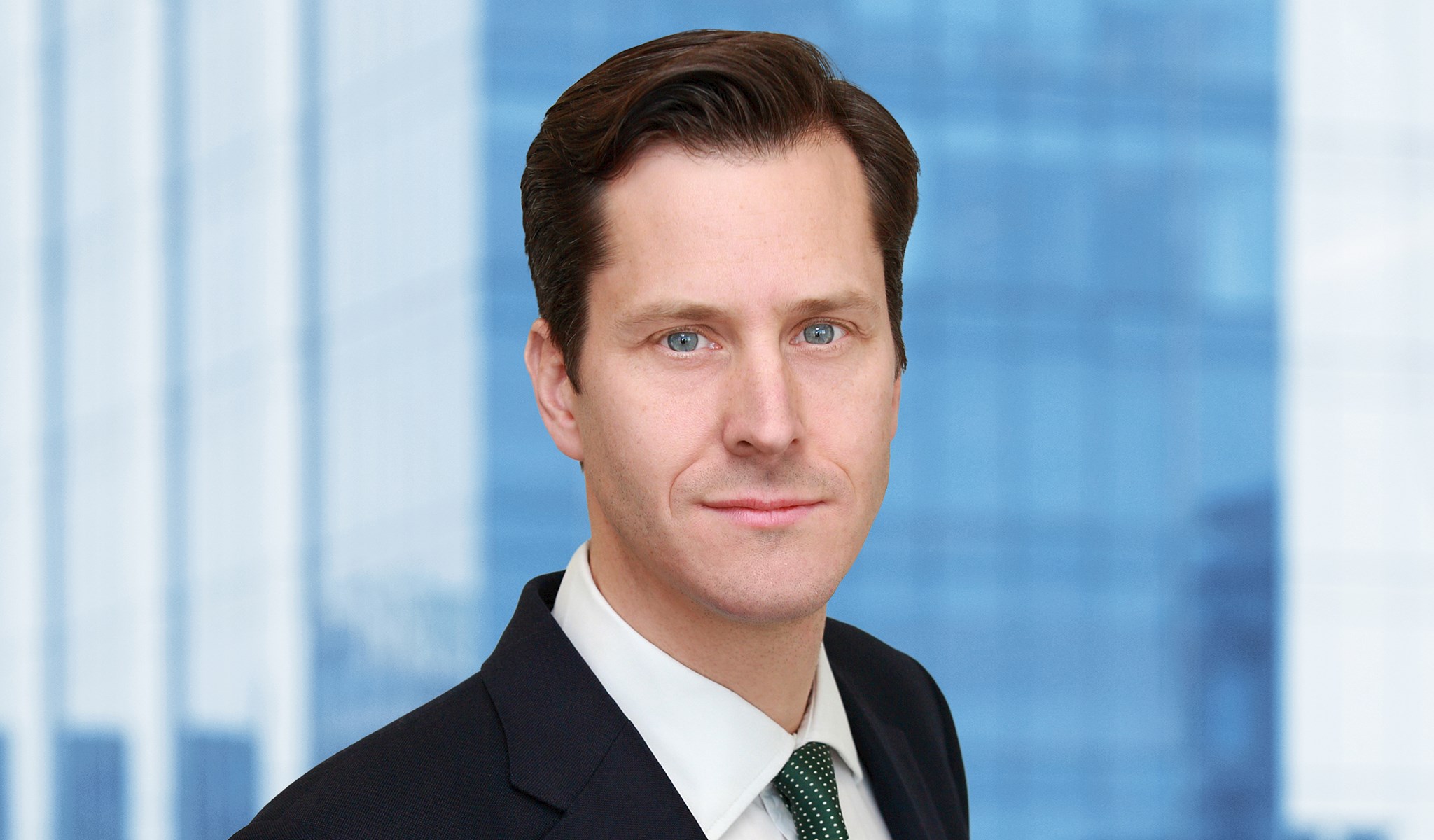It’s not the riskiest assets that get you into trouble, it’s often the ones you think are the safest, but aren’t.
Undoubtedly said by someone, somewhere, at some point in time, though we can’t remember who or when.
The speed of the ongoing sell-off at the long end of the U.S. Treasury bond market is alarming and will likely be concerning to the public, investors, and particularly to the Fed and fiscal policymakers. However, the impact on the economy and the response from policymakers will also naturally depend on the components driving the rise in yield.
The decrease in prices for longer-term Treasury notes and bonds should be concerning for not just financial market participants, but also fiscal and monetary policymakers and the public as a whole. Not only do these represent the world’s benchmark risk-free asset, but such shifts tighten financial conditions and increase the already significant risk of a hard landing.
Treasuries can be broken down into three component parts: inflationary expectations, a real yield, and a term premium. A normalized 10-year yield on this basis should be somewhere around 4%—comprising 2% inflation, 1% real yield, and 1% term premium.
A look at the behavior of each today encouragingly suggests that the jump in yields is not the result of rising inflationary expectations nor of fears that the economy is returning to the stagflationary 1970s. Rather, the increase looks to be the result of a combination of a rising real yield and a rising term premium.
The increase in the real yield seems to be the result of the growing belief that the economy could sustain a stronger secular trend rate of growth, whereby a higher growth rate would neutralize the impact of the higher rate, against a normalization taking place with regard to the term premium—an argument we have some sympathy with. However, part of this change might also reflect a more decided shift in investor sentiment back toward the achievement of a near-term cyclical soft landing—something we have less sympathy with.
Given its more obscure and unobservable nature, it is difficult to know exactly what accounts for this rise in the premium; however, in light of ongoing developments in Washington, it seems quite plausible that it is being driven by a combination of fears about the current and expected future state of government finances and observable shifts in the supply and demand for how that activity is financed, i.e., the U.S. Treasury market.
Over the medium term, to the extent that this is being driven by expectations for higher real growth, the Fed will view this as potentially limiting the amount by which it can eventually cut rates in the future. In the very near term, given the tightening in financial conditions, we should also expect the Fed to acknowledge the significant risks this poses to the economic outlook and in turn remove the probability of further rate increases going forward. To the extent that the threat of fiscal dominance is also playing a role here and in the absence of any changes in the beltway, some sort of tacit acknowledgement that there was an adult in the room watching over these developments—a la Greenspan in the 1990s—might also help to ease the growing concerns of the suddenly reappeared bond market vigilante.



